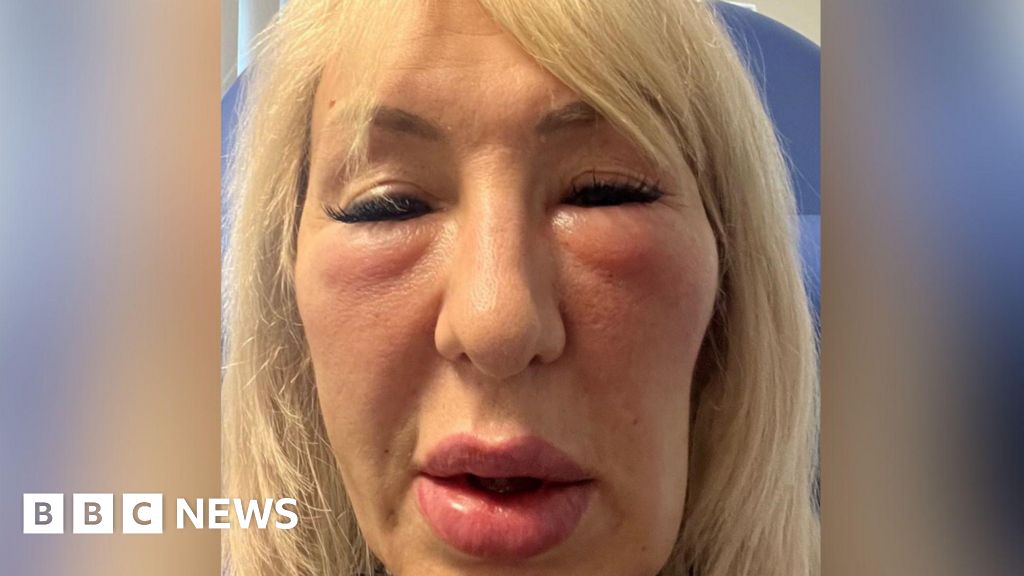The powerful potential of nano technologies and AI to detect oral cancer earlier and more accurately have been revealed by a University of Otago — Ōtākou Whakaihu Waka study.
Researchers from the Faculty of Dentistry combined atomic force microscopy (AFM) with artificial intelligence (AI) to detect changes in cancer cells at a very small scale.
Senior author Associate Professor Peter Mei says the pioneering method is a substantial advancement in cancer diagnostics.
“Combining the two technologies enabled us to detect nanoscale changes on the surface of cancer cells that may not be visible using traditional methods.
“This enhances the accuracy and reliability of cancer diagnosis, potentially enabling earlier detection, which is critical for improving patient treatment outcomes and advancing precision medicine.”
For the study, published in the journal ACS Nano, the researchers were driven by the crucial need to find better, more reliable ways to detect cancer.
The World Cancer Research Fund reported about 390,000 new cases of mouth and oral cancer globally, resulting in more than 188,000 deaths, in 2022.
Lead author Dr Simon Guan hopes to see more widespread use of this diagnostic method, which could become a key tool for doctors in the future.
“We would like to see efforts to make AFM technology more suitable for routine clinical testing. We hope it will lead to quicker, more accurate cancer diagnoses, for a variety of cancers, and better treatment options for patients.
“Furthermore, our findings may pave the way for a new cancer therapy based on the nanophysical properties of cancer cells,” he says.
Associate Professor Mei saysthe study highlights the importance of innovation and collaboration across different fields, including dentistry, nanoscience, and AI.
“Bringing together expertise from various disciplines can lead to groundbreaking discoveries that can improve health outcomes for people worldwide.
“This research shows how innovation in science can lead to better healthcare, particularly for detecting and treating cancer more effectively.”
* The project was supported by a University of Otago Research Grant, the New Zealand Dental Research Foundation, the Maurice and Phyllis Paykel Trust, the Sir John Walsh Research Institute PhD Research Grant, and Otago’s world-class research facilities at the Faculty of Dentistry and the Otago Micro and Nanoscale Imaging Centre.


